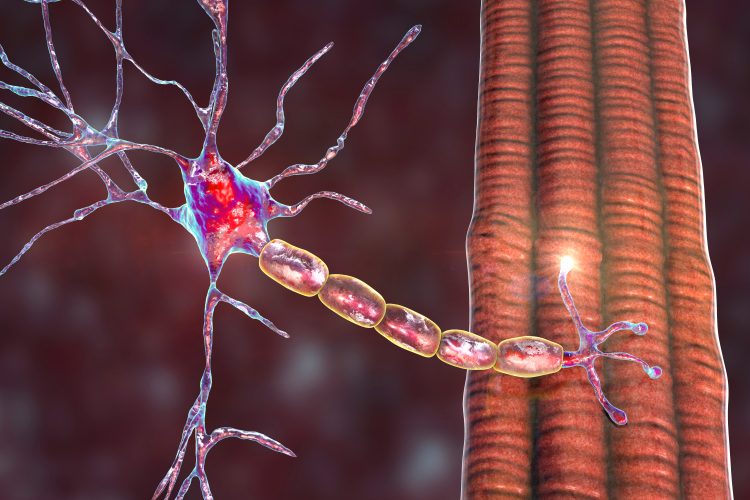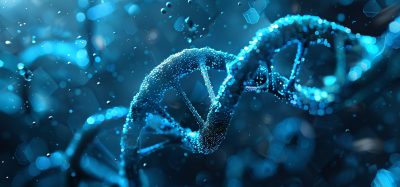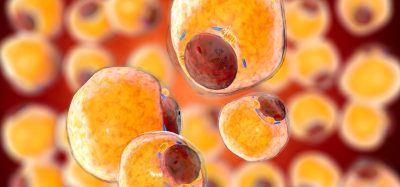Spinal muscular atrophy: searching for a cure
Posted: 1 August 2024 | Drug Target Review | No comments yet
Organoids with SMA-pathology uncovered key findings about the disease, which could be utilised to develop new therapeutic options.


Researchers at DZNE and the Dresden University of Technology utilised organoids to uncover potential novel therapeutic options for spinal muscular atrophy (SMA), discovering abnormalities in embryonic development.
SMA is a severe neurological disease, where neurons in the spinal cord degenerate, resulting in muscle wasting and paralysis. Typically, it manifests in childhood and affects an estimated 1,500 individuals in Germany. SMA is thought to be triggered by defects in a specific gene. These mutations result in a deficiency of the Survival of Motor Neuron (SMN) protein, which is key for neurons involved in motor control. Gene therapy has enabled the alleviation of symptoms by addressing the protein deficiency, and intervention can begin within a few days after birth. However, there is no cure.
Dr Natalia Rodríguez-Muela, research group leader at DZNE’s Dresden site and at the Center for Regenerative Therapies Dresden (CRTD) of Dresden University of Technology, explained: “The current perception of SMA focuses on the disease after birth, when the basic framework of the nervous system is mostly formed. This view ignores that phenomena relevant to the disease could occur much before, when the nervous system is still developing. In fact, our studies suggest that SMA is associated with anomalies in the embryonic development not known until now.”
In the study, the team developed organoids that had crucial features of both spinal cord and muscle tissue. “It is the first time that organoids of this complexity have been generated for studying SMA”, Dr Rodríguez-Muela commented. The researchers observed the organoids at several developmental stages, with the earliest recapitulating the human embryo at a few weeks old.
Compared to healthy organoids, the organoids with SMA pathology were notably different. Stem cells in SMA organoids tended to develop prematurely into spinal cord neurons. Also, there was a distortion in the cell population – there were less neurons than normal, which were highly vulnerable, and more muscle cells derived from the stem cells. These results were also seen in mouse embryos with SMA-like pathology.
Furthermore, the organoids demonstrated another significant finding. Dr Rodríguez-Muela said: “When we corrected the genetic defect associated with SMA, we still observed developmental abnormalities, although to a lesser extent…This suggests that restoring the gene, as current therapies kind of do, is most likely not enough to completely amend SMA pathology. This is in line with clinical experience to date. Thus, I believe, we need to address the developmental abnormalities, if we want to improve treatment for SMA.”
It is thought that the cause for the observed developmental defects could be due to impaired gene regulation. Dr Rodríguez-Muela believes this should be investigated, as it could lead to improved therapies that would act on epigenetics. “In order to minimise the developmental abnormalities, such treatment would most likely need to be applied in early pregnancy. If prenatal testing indicates SMA, this could be a therapeutic option,” she concluded.
This study was published in Cell Reports Medicine.
Related topics
Disease Research, Drug Development, Drug Targets, Gene Therapy, Neurosciences, Therapeutics
Related conditions
spinal muscular atrophy (SMA)
Related organisations
Dresden University of Technology, German Centre of Degenerative Diseases (DZNE)








